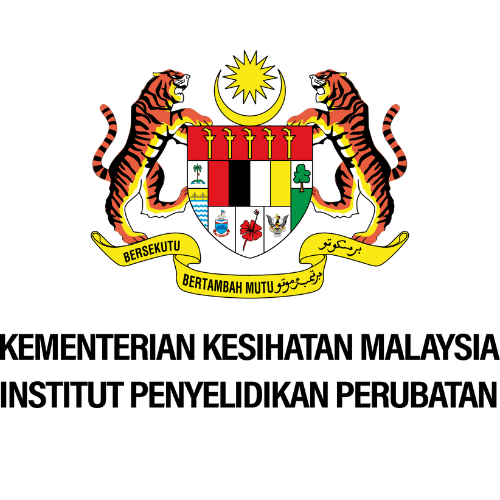Scientific Name
Buddleja asiatica Lour.
Synonyms
Vitex esquirolii H.Lév., Buddleja acuminatissima Blume, Buddleja amentacea Kraenzl., Buddleja arfakensis Kaneh. & Hatus., Buddleja densiflora Blume, Buddleja discolor Roth, Buddleja neemda Buch.-Ham. ex Roxb., Buddleja salicina Lam., Buddleja serrulata Roth, Buddleja subserrata Buch.-Ham. ex D.Don, Buddleja sundaica Blume, Buddleja virgata Blanco [Illegitimate] [1]
Vernacular Name
| English | White butterfly bush [2], butterfly bush, dogtail [3] |
| China | Bai bei feng [3] |
| Indonesia | Jugul (Sundanese); daun putihan (Javanese); kayu saludang (Sumatra) [2][3] |
| Thailand | Khrai bok(Northern); kiang phaa lai (Chiang Mai); mae maai (Kanchanaburi) [2][3] |
| Laos | Dok fon2, dok khap [2][3] |
| Philippines | Malasambung (Tagalog); lagundisalasa (Bisaya); tugnang (Iloko) [2] |
| Vietnam | B[oj] ch[os], t[us]y ng[uw] th[ar]o, b[us]p l[eej] [2][3] |
Geographical Distributions
Buddleja asiatica occurs from Pakistan, eastern India, Burma (Myanmar), Laos, Vietnam and southern China, through Thailand and the whole of Malesia, to the Mariana Islands. It is sometimes cultivated and naturalised in other tropical and subtropical regions. B. asiatica is the only native species of the genus in the Malesian region, but a few other species are cultivated and sometimes naturalised. [2]
Botanical Description
B. asiatica comes from the family of Buddlejaceae. It is a shrub or small tree that can reach up to 7 m tall. The branches are cylindrical and with a densely appressed or woolly stellate-hair when young. [2]
The leaves are arranged opposite, simple, narrowly lance-shaped to oblong or ovate-lance-shaped, measuring 3-30 cm x 0.5-7 cm, wedge-shaped at the base, long-acuminate at the apex, remotely serrate-dentate to entire at the margin, densely hairy beneath and with pinnately veined. The petiole is 2-15 mm long. The stipules are absent, but 2 opposite petioles are connected by a stipular line. [2]
The inflorescence is terminal and/or axillary spike-like thyrse measures up to 25 cm long, composed of 1-3-flowered cymes in the axils of linear bracts and densely covered with short soft hairs. [2]
The flowers are bisexual, 4-merous and occasionally a few to 5-merous sessile or subsessile. The sepal is bell-shaped and measures 1.5-4.5 mm long and with triangular-oblong lobes. The petal is 3-6 mm long where the lobes are distinctly shorter than the tube, star-shaped hairy outside and white but sometimes pale violet or greenish. The stamens are inserted on the petal tube while the filaments are extremely short. The ovary is superior, 2-celled and the style is short while the stigma is club-shaped. [2]
The fruit is ovoid or oblong with flattened capsule is 3-5 mm long, 2-valved, hairy, brown and many-seeded. [2]
The seeds are ellipsoid and small with a short wing at both sides while the endosperm is fleshy. [2]
Cultivation
B. asiatica prefers open, often disturbed or secondary vegetation, and behaves more or less as a pioneer. It is found in logged-over forests, regularly burned grasslands, gravel-beds, and on former lava-streams and landslides, and occurs there often gregariously. It may be found up to 3000 m altitude. [2]
Chemical Constituent
No documentation
Plant Part Used
No documentation
Traditional Use
No documentation
Preclinical Data
No documentation
Clinical Data
No documentation
Poisonous Management
No documentation
Line Drawing

References
- The Plant List. Ver1.1. Buddleja asiatica Lour.[homepage on the Internet]. c2013 [updated 2012 Mar 26; cited 2015 Apr 22]. Available from: http://www.theplantlist.org/tpl1.1/record/kew-2685315
- Buddleja asiatica Lour. In:Lemmens RHMJ, Bunyapraphatsara N, editors. Plant Resources of South-East Asia 12 (3): Medicinal and Poisonous Plants 3. Leiden, Netherlands: Backhuys Publication; 2003.
- Philippine Medicinal Plants. Malasambung. Buddleja asiatica Lour. [homepage on the internet] c2014. [updated 2013 Dec; cited 2015 Apr 22] Available from: http://www.stuartxchange.com/Malasambung.html



